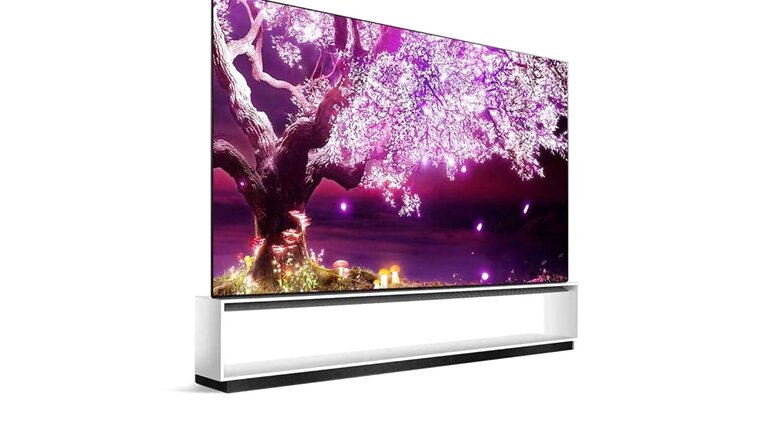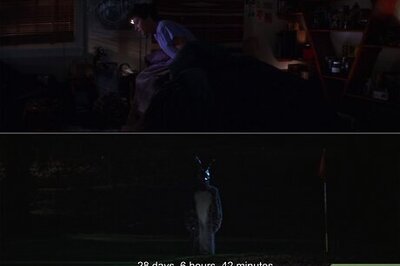
views
With big-budget games to come out soon, many gamers are looking forward to upgrading their TV screens to do justice to the horsepower their gaming systems provide. Both the PlayStation 5 and Xbox Series X, the flagship current-generation consoles by Sony and Microsoft, offer support for Variable Refresh Rate or VRR, and a majority of games do support a native 4K resolution output. However, resolution and frame rates are one thing, and the technology behind TV panels is another.
Currently, QLED and OLED TVs are some of the best technologies you can get in a TV. Both have their unique advantages and disadvantages, and making the right decision should ultimately boil down to your specific needs. Simply put, your setup should govern your choice, even more so than any fancy marketing you might come across.
WATCH VIDEO: Pixel 7 And Everything Else Announced At The Google Event
OLED TVs Cost More Than QLEDs But Are They Better?
OLED TVs are expensive but they do offer a more premium and well-rounded experience that makes it a better technology than QLEDs. However, you should not blindly buy a OLED TV because not only can it ruin your experience, it can in fact become a deal breaker for certain people.
If these points apply to you, don’t buy an OLED:
- You are going to place your TV in an extremely bright room.
- You leave the screen stagnant for long periods as game HUDs cause burn-in.
- You need VRR and a 120 Hz refresh rate from an entry level OLED TV (cheaper OLEDs generally do not offer VRR and 120 Hz support).
OLED TVs use self-emitting pixels to create an image, so the deepest or perhaps true black image is only possible with OLED technology, ergo, if that’s your priority, only invest in an OLED TV as even the most expensive QLED TVs exhibit backlight bleeding. But yes, if you are buying a TV for a bright room, do look at the model you’re planning to buy in-person, displayed in a bright room. OLEDs offer comparatively lesser peak brightness than OLEDs, with most OLEDs peaking around 800-1000 nits. Some QLEDs on the other hand, offer up to a staggering 2000 nits.
Don’t buy a QLED TV if:
- You want the quickest refresh rate and response time.
- You want the deepest possible blacks.
- You want an ultra-thin design and a more premium looking panel.
- You want the most color-accurate display.
QLED is simply put, a refashioned technology that is produced by adding an extra Quantum Dot layer in-front of the LED panel. There are no individual LEDs, so QLEDs use backlight to create an image. As a result, backlight bleeding and splotches affect QLED TVs.- However, there are two distinct advantages that QLEDs hold over OLEDs and they are: No Burn-in and brighter panels. If you consistently leave a stationary image on-screen, game HUDs can permanently damage your screen by leaving imprints of the image. While most OLEDs do offer burn-in protection, the possibility always looms.
WATCH VIDEO: Why 5G Launch Is A Big Thing For Digital India?
OLED Vs QLED TVs: Balance Is The Key
One can’t deny that QLEDs offer a more balanced experience out of the two technologies, with adequate blacks, quick enough refresh rates and ultra-bright displays. If you can’t live with backlight bleeding and you want the fastest possible refresh rates for gaming, only OLED TVs make sense. If gaming is a priority and you can successfully manage burn-in by not leaving a stationary image, investing in OLED TV is the best choice for most people in 2022.
Read all the Latest Tech News and Breaking News here




















Comments
0 comment